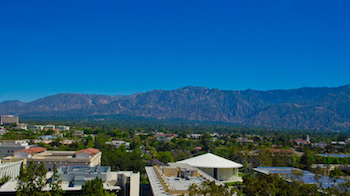Innovation
Our Mission
Our mission is to drive the transfer of science and engineering knowledge created by our researchers to maximize societal impact by developing partnerships with industry through the creation of new ventures, collaborations with corporations, and transfer of intellectual property while nurturing an entrepreneurial environment.
FY25 STATISTICS













